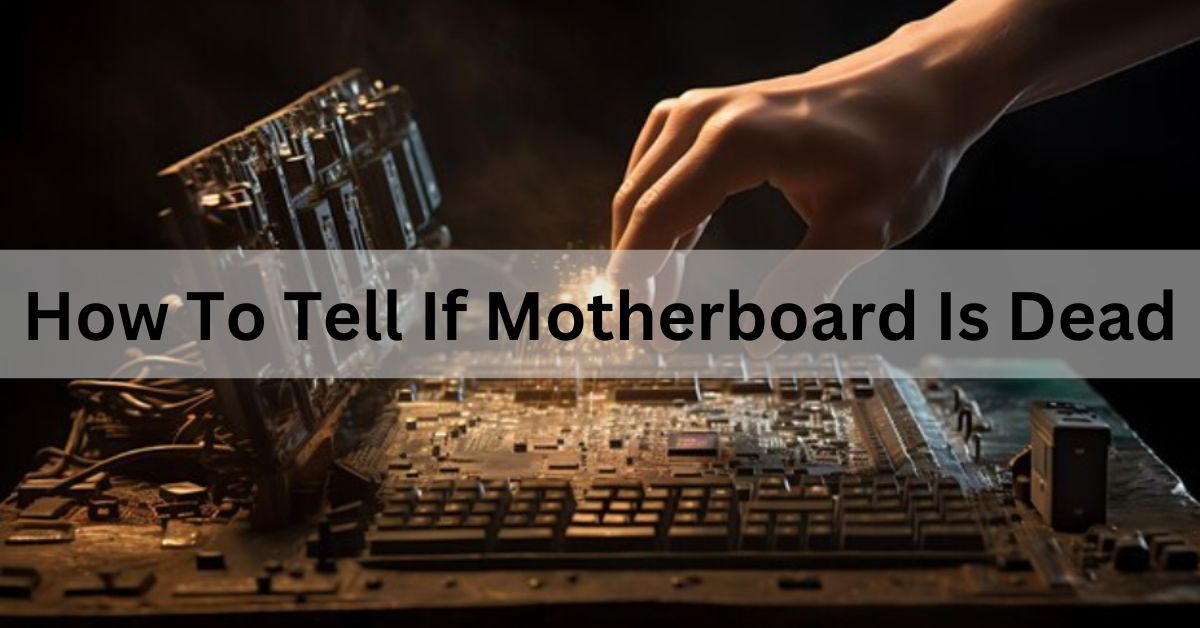If a motherboard is dead, check for signs like no power, no lights, or no beeps when turning on your computer. If you notice these, the motherboard might be faulty.
In this Article, we’ll explore “How To Tell If Motherboard Is Dead” Learn how to spot a dead motherboard and what steps to take to fix or replace it.
Table of Contents
What is a motherboard?
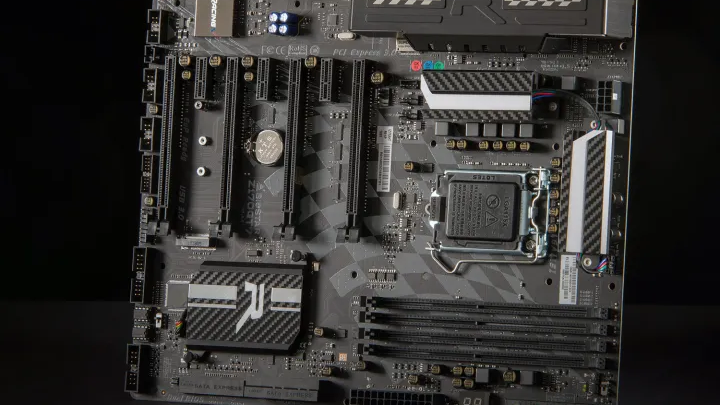
A motherboard is a crucial part of a computer that connects all the components together. It holds the CPU, memory, and other essential parts, allowing them to communicate and work as a unit.
What is a Dead Motherboard?
A dead motherboard is a computer’s main board that no longer works, causing the system to stop functioning. It might show no power, no display, or fail to boot. This issue usually requires replacing the motherboard.
How does a Motherboard Die?
A motherboard can die due to power surges, overheating, physical damage, or aging components. Faulty connections or failed hardware can also cause it to stop working. Regular maintenance and proper care can help prevent these issues.
6 Signs of a Dead Motherboard
Identifying a dead motherboard can be tricky since many symptoms can overlap with other hardware issues. However, there are specific signs that point towards a failing or dead motherboard.
1. No Power or Lights
If your computer doesn’t turn on at all—no fans spinning, no lights blinking—your motherboard might be dead. The absence of any power or activity is often a strong indicator of a major issue with the motherboard.
2. Random Freezing or Crashing
A computer that frequently freezes or crashes without a clear reason may have a failing motherboard. While this could also be due to other hardware problems, it’s worth considering the motherboard as a potential cause.
3. Burning Smell or Smoke
A burning smell or visible smoke is a serious sign that something is wrong with your motherboard. This usually indicates a short circuit or overheating component, both of which can cause permanent damage.
4. Beeping Sounds
Most computers have a built-in speaker that emits a series of beeps during startup if there’s a hardware issue. These beeps follow specific patterns that can help you identify the problem. If you hear a series of beeps when you try to power on your computer, refer to your motherboard’s manual to interpret the beep codes.
5. No Display on Monitor
If your monitor shows nothing, not even the initial boot screen, the motherboard could be the culprit. This could mean that the motherboard isn’t sending signals to the graphics card or integrated video output.
6. Peripherals Not Working
If your keyboard, mouse, or other peripherals aren’t working even though they’re properly connected, the motherboard might be dead. The motherboard controls the USB ports and other connections, so failure here can indicate a motherboard issue.
Computer Motherboard Troubleshooting
Computer Motherboard Troubleshooting involves checking for common issues like power problems, loose connections, or faulty components. Start by ensuring all cables are properly connected and that there are no visible signs of damage. If problems persist, try resetting the BIOS or replacing the battery. Consulting the motherboard manual can also help with specific issues.
How to troubleshoot a dead motherboard?
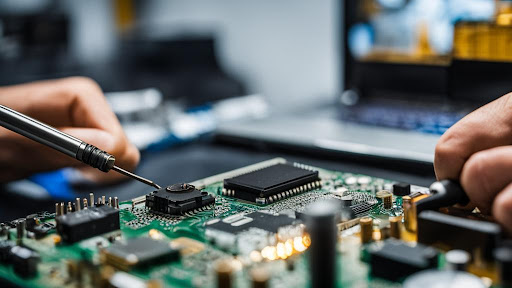
Troubleshoot a dead motherboard, first, check all connections and power sources. Look for signs of damage or loose parts. Try removing and reseating components like RAM and CPU. If the problem persists, test with a different power supply.
1. Check Power Supply
Before blaming the motherboard, ensure that your power supply unit (PSU) is functioning correctly. A dead or faulty PSU can mimic the symptoms of a dead motherboard. You can test the PSU using a multimeter or a PSU tester.
2. Inspect the Motherboard
Visually inspect your motherboard for any obvious signs of damage, such as burnt components, swollen capacitors, or broken traces. If you see any physical damage, the motherboard likely needs to be replaced.
3. Test with Minimal Setup
Remove all non-essential components, such as additional RAM, extra hard drives, and peripheral devices. Leave only the CPU, one stick of RAM, and the power supply connected to the motherboard. Try to power on the system with this minimal setup. If it powers on, one of the removed components may be causing the issue.
4. Swap Components
If possible, swap out components like the CPU, RAM, and power supply with known working ones. If the computer works with the new components, the issue may lie elsewhere. If it still doesn’t work, the motherboard is likely the problem.
5. Listen for Beep Codes
As mentioned earlier, listen for any beep codes when you power on the system. These codes can provide valuable clues about what’s wrong. Refer to your motherboard’s manual for a list of beep codes and their meanings.
What to Do If Your Motherboard Is Dead
Once you’ve determined that your motherboard is dead, there are a few options you can consider.
1. Replace the Motherboard
The most straightforward solution is to replace the motherboard. When doing so, ensure that the new motherboard is compatible with your CPU, RAM, and other components. If your system is outdated, you might need to upgrade several components along with the motherboard.
2. Repair the Motherboard
In some cases, a dead motherboard can be repaired, especially if the issue is with a specific component like a capacitor or trace. However, motherboard repairs can be complex and are often not cost-effective unless you have experience in electronics repair.
3. Consult a Professional
If you’re unsure about diagnosing or fixing the motherboard yourself, it’s best to consult a professional technician. They can accurately diagnose the problem and recommend the best course of action.
Preventing Motherboard Failure
Preventing motherboard failure involves taking care of your computer’s internal components and ensuring they are kept in optimal conditions.
1. Keep Your Computer Cool
Overheating is a common cause of motherboard failure. Ensure that your computer is well-ventilated and that the cooling fans are working properly. Regularly clean out dust and debris from the inside of your computer case.
2. Use a Surge Protector
Power surges can damage your motherboard and other components. Use a surge protector to safeguard your computer against unexpected spikes in voltage.
3. Avoid Physical Damage
Be careful when installing or removing components from your motherboard. Rough handling can damage the delicate circuitry and components on the board.
4. Update BIOS Carefully
While updating the BIOS can improve your motherboard’s functionality, it’s a risky process. A failed BIOS update can render your motherboard unusable. Only update the BIOS if absolutely necessary, and follow the manufacturer’s instructions carefully.
Is My Motherboard Dead?
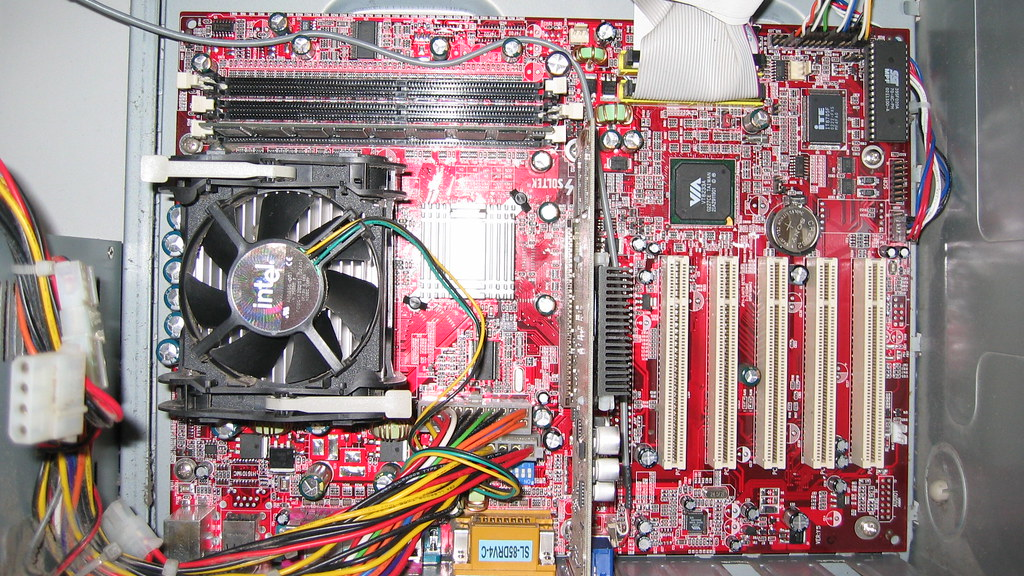
A motherboard may be dead if your computer does not turn on, even after checking the power supply and connections. Look for signs such as no lights, no fans spinning, or no beep sounds. If these issues occur, you might need to test the motherboard or seek professional help to confirm if it is dead.
How do I Tell if a Motherboard is Dead?
To tell if a motherboard is dead, check for obvious signs like no power or response from the computer. Look for any physical damage, such as burned components. If the computer does not boot, there are no lights, and no fans are running, the motherboard might be the problem.
What to do if a Motherboard is Dead?
If your motherboard is dead, first ensure all connections and power sources are properly connected. Try resetting the BIOS or replacing the battery. If these steps don’t work, you might need to replace the motherboard. Consult a professional for accurate diagnosis and replacement options.
How to check if my motherboard is dead?
To check if your motherboard is dead, make sure the computer is properly connected to power. If it doesn’t power on, check if the fans or lights are working. Remove all external components and test with just the essential hardware. If the motherboard still doesn’t respond, it might be dead.
How can you tell if your motherboard is bad?
A bad motherboard may cause issues like the computer not starting, random shutdowns, or trouble detecting hardware. Check for physical damage, like swollen capacitors. If you hear beeping sounds or see error messages on the screen, it could indicate motherboard problems.
How do I know if my motherboard is fried?
If your motherboard is fried, you might notice that the computer fails to boot up, shows no power, or emits unusual sounds. Look for signs of damage such as burnt smells or visible burns on the motherboard. Testing with known working components can help confirm if the motherboard is fried.
How do I know if my motherboard is replaced?
If your motherboard has been replaced, the new one should be correctly installed and powered on. You may notice different BIOS screens or settings. Check for updated hardware components and ensure everything is functioning properly. Confirm with a technician if you’re unsure about the replacement.
How can I tell if I need a new motherboard?
You might need a new motherboard if your computer fails to start, shows frequent crashes, or cannot detect connected hardware. Look for signs like physical damage or unusual error messages. If troubleshooting other components doesn’t resolve the issue, it could be time for a new motherboard.
How can I tell if my motherboard is dead?
To determine if your motherboard is dead, check if the computer turns on or responds. Ensure all power connections are secure and try testing with minimal hardware. Look for signs such as no lights or fan movement. If these symptoms persist, the motherboard may be dead.
How to tell if a laptop motherboard is dead?
To tell if a laptop motherboard is dead, observe if the laptop fails to power on, shows no lights, or emits no sounds. Check the power supply and connections. If the laptop remains unresponsive after these checks, the motherboard may be the issue.
How to check if motherboard is receiving power?
To check if the motherboard is receiving power, look for indicators such as power lights or fan movement. You can also use a multimeter to test the power supply connectors. If these components are not functioning, the motherboard might not be getting power.
Will a dead motherboard light up?
A dead motherboard typically will not light up. If you see no power lights or any indication that the motherboard is receiving power, it may be dead. Check the power connections and components to rule out other issues before concluding the motherboard is dead.
How to fix a dead motherboard?
Fixing a dead motherboard involves checking all connections and power sources first. If these steps don’t resolve the issue, try resetting the BIOS or replacing the CMOS battery. If the motherboard remains unresponsive, it may need to be replaced. Consult a technician for further diagnosis.
Motherboard died suddenly
If your motherboard died suddenly, it may be due to a hardware failure or power surge. Check for any visible damage or signs of overheating. Ensure all components are securely connected and test with known working parts. If the problem persists, the motherboard may need to be replaced.
Can a dead motherboard be repaired?
In most cases, a dead motherboard cannot be repaired easily and usually requires replacement. Some minor issues might be fixable, like resetting the BIOS or replacing a damaged component, but significant failures often mean that replacing the motherboard is the best solution.
Will a computer turn on with a bad motherboard?
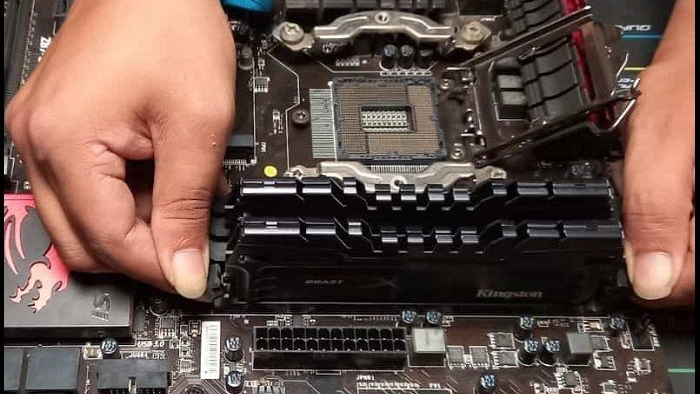
A computer with a bad motherboard usually will not turn on or function correctly. If the motherboard is damaged, it may prevent the computer from starting, detecting hardware, or performing normal operations. Checking other components and connections can help determine if the motherboard is the issue.
(FAQS) Frequently Asked Questions:
1. Can a computer turn on with a dead motherboard?
No, a dead motherboard usually prevents the computer from turning on. You may see some lights or hear the fans, but the system won’t boot or display anything on the screen.
2. Is it worth repairing a dead motherboard?
It depends on the motherboard’s value and the cost of repair. In many cases, it’s more cost-effective to replace the motherboard, especially if the system is old.
3. How long does a motherboard typically last?
A motherboard can last anywhere from 3 to 10 years, depending on usage, quality, and environmental factors. Regular maintenance can extend its lifespan.
4. What causes a motherboard to fail?
Common causes of motherboard failure include overheating, power surges, physical damage, and manufacturing defects.
5. Can I replace a motherboard myself?
Yes, if you have experience with computer hardware, you can replace a motherboard yourself. However, it requires careful handling and knowledge of compatibility between components.
6. Can a computer turn on with a dead motherboard?
No, a dead motherboard generally stops the computer from turning on. You might see lights or hear fans, but it won’t boot.
7. Is it worth repairing a dead motherboard?
It depends on the motherboard’s age and repair costs. Often, replacing it is more cost-effective.
8. How long does a motherboard typically last?
A motherboard can last 3 to 10 years, depending on usage and care.
9. What causes a motherboard to fail?
Common causes include overheating, power surges, physical damage, and manufacturing defects.
10. Can I replace a motherboard myself?
Yes, if you have the right skills and knowledge. It requires careful handling and compatibility checks.
Conclusion:
If you suspect your motherboard is dead, check for signs like no power or display, unusual smells, or beeping sounds. Troubleshooting steps include checking connections, inspecting the motherboard, and testing with minimal components. If the motherboard is confirmed dead, replacing it is usually the best solution. For accurate diagnosis and repair, consider consulting a professional.

